Considering a solar power system for your home but completely overwhelmed? We hear you! So we’ve put together a comprehensive (but simple to understand) guide on everything Australian families need to know about home solar.
We all like to think we know how solar power works – harnessing the sun’s energy, right? Well, there’s a bit more to it when you’re installing a solar power system, and it can get pretty technical. Our guide explains the key points about solar power, the costs, and of course, how it all works.
Let’s dive in!
How Does A Solar Power System Actually Work?
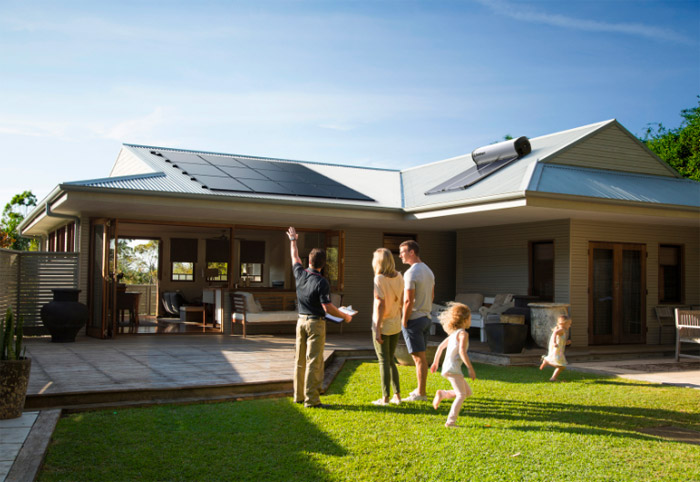
For your home to be able to generate solar power, you’ll need to install a solar power system, which is usually two parts: solar photovoltaic (PV) panels and an inverter.
The panels, which are placed on your home’s rooftop, are what collect sunlight, or absorb its energy and create direct current (DC) electricity. The inverter is what turns this into alternating current (AC) electricity, which is the standard 240-volt electricity you can use in your home.
To be able to absorb the sunlight’s energy the solar panels use photovoltaic (PV) cells – these convert sunlight into electricity that then flows into the inverter. In simple terms, think of the inverter as the engine room of the solar power system, working to convert the panels’ output into usable electricity.
Does All Of The Converted Electricity End Up In My Home?
Most homes with solar power use a grid-connected system, which means your home and the solar power system you’ve had installed are connected to the main electricity grid. So your home is still able to use traditional grid-power at night, while the solar energy you’ve generated will be used during the day, as it’s been created.
If the solar power isn’t used straight away, it’s sent to the grid. However, there are products that allow you to store your unused solar energy to use later.
How Can I Store My Solar Energy?
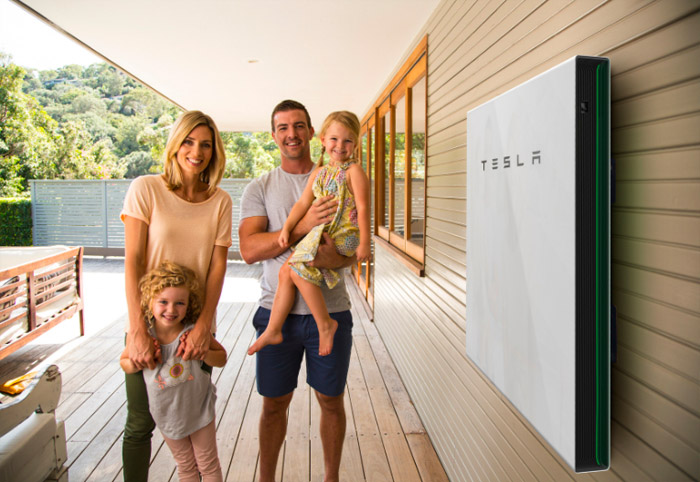
Storing unused solar energy is a great way to maximise the savings from your solar power system. And more and more electrified products are coming into the market, so storing solar energy is a great way to reduce your consumption of grid-energy.
Installing a home battery storage solution is a clever way to get the most out of the solar energy your home is generating. You can capture any unused solar energy and use it at night, on days with low sunlight and if there’s a blackout.
You can also use excess solar power to heat your home’s water, if you install a Solahart PowerStore. It’s Australia’s first solar-smart electric water heater, storing energy in the form of hot water. It’s a really cost-effective way to get the most out of your unused solar energy.
How Do I Know What Size Solar Panel System I Need?
There are a few things you need to take into consideration when looking at the size of the solar panel system you’ll need, including:
- How much energy your household typically uses
- The number of people living in your home
- How much available roof space you have
- Your budget
Generally, the rule of thumb is that a 6.6kW solar system is a great choice for Australian homes – this is around 16 panels. But it is worth noting that the number of panels isn’t really relevant, what you need to look at is the solar system’s overall capacity. Paired with a 5kW inverter, a 6.6kW solar system is enough to power an average Australian household.
If you want a simple way to work out the best solar power system for your family, head to Solahart Find Your Perfect System and pop in your postcode and the number of people in your household.
Where Should Solar Panels Be Installed?
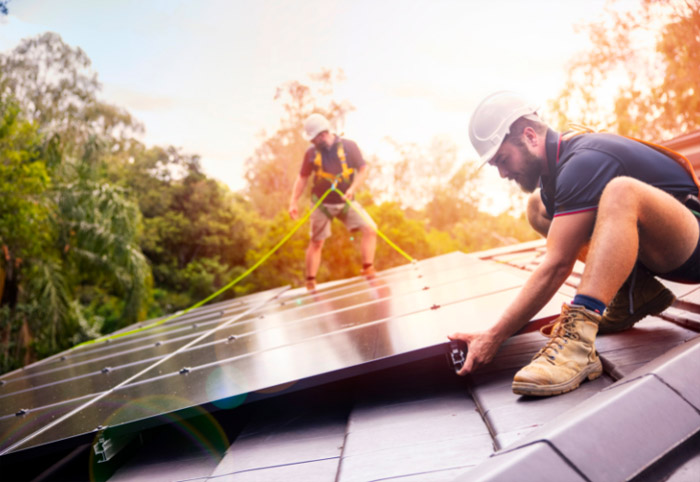
The ideal place to install your panels is on a north-facing part of your rooftop, because this will get the most amount of sunlight in the middle of the day. But it’s not always possible, because it all depends on the angle of your roof and if there’s anything nearby that may block the sun.
Solahart offers a free, on-site solar assessment which will include looking at your household’s energy needs, your roof size and the orientation of your home.
Are Solar Incentives Still Available?
Yes! Solar incentives are a federal government incentive to encourage more Australian households and businesses to switch to solar power – with the average incentive on a new solar installation currently around $3000.
There are also some state-based schemes, and, for example, the Victorian government’s Solar Homes Program can be used in conjunction with the Federal scheme. The NSW government’s Energy Savings Scheme (ESS) provides a financial incentive through Energy Saving Certificates (ESC) for installing energy-efficient appliances in NSW households and businesses.
There are also Feed-in Tariffs, which are paid to residents when they feed their excess energy back to the grid. This usually works out to be around 5c per kilowatt of power.
How Much Does A Solar Power System Cost?
The cost of a solar power system can be anywhere from $5500 right up to $10,000 for a typical 6.6kW system. There are a few variables that come into play when calculating the cost of a solar power system, including your location and the system’s size, as well as the government incentives.
The general rule is that you’ll pay somewhere around 1.40 per watt, or $1,400 per kWh for solar installation.
And, as with every substantial purchase for your home, you get what you pay for.
Do your research, and make sure you buy from a reputable company, that’s stood the test of time and stands by the quality of the systems they sell, with top after sales service and a warranty that’s backed by a local company trusted to deliver on warranties into the future.
For example, Solahart has been one of Australia’s most trusted names in solar for 70 years – so rest assured that after-sales care and warranty fulfilment are second nature.
When weighing up the cost of solar, the quality of not only the unit, but the provider is a key consideration. It’s an investment not just now, but in the future of your home – so working with a company like Solahart is part of the investment. Their systems are designed and built to last year after year, even in Australia’s harsh conditions. It’s a case of buying right, and buying once.
How Much Money Will I Save By Installing A Solar Power System?
The initial outlay when it comes to installing a solar power system can be daunting, but it’s short-term pain for long-term gain. For most Australian households, a solar power system will eventually pay for itself, because of how much you’ll be saving in energy costs.
And of course, if you’re feeding your unused solar energy back into the grid, you’ll also get the small Feed-in Tariff subsidy.
What Are The Main Benefits Of Solar Power?
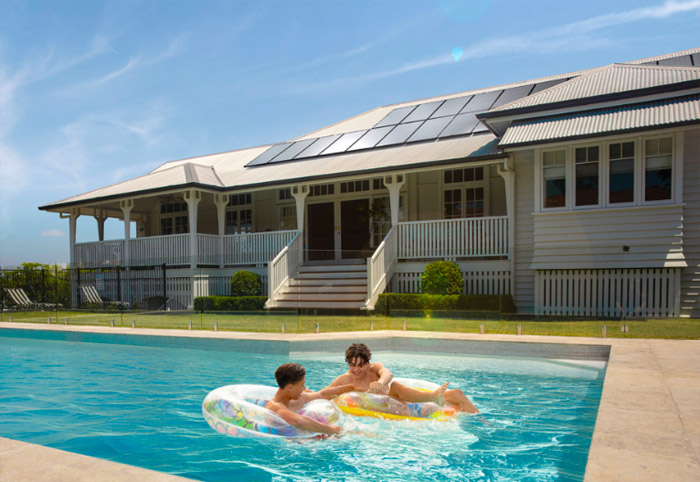
- Reduces the cost of your energy bills
- You can sell back electricity
- It’s a renewable energy source
- Government incentives
- Low, if any, maintenance on solar panels
- Ability to expand solar power system if needed
Now that you’re armed with everything you need to know about buying a solar power system, head to Solahart to make an appointment for a free, on-site solar assessment.
Making HOME is proudly working with Solahart to bring you this article. Solahart has built a reputation as a world leader in solar innovation and technology and invested millions of dollars into R&D and manufacturing and installed over 1 million solar water systems in over 70 countries around the world and over 1 million solar panels in Australia alone.
This article first appeared on Mouths of Mums.

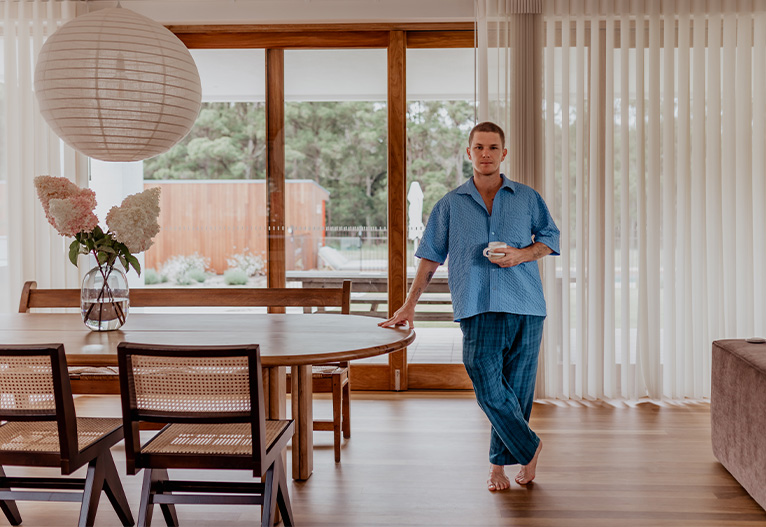
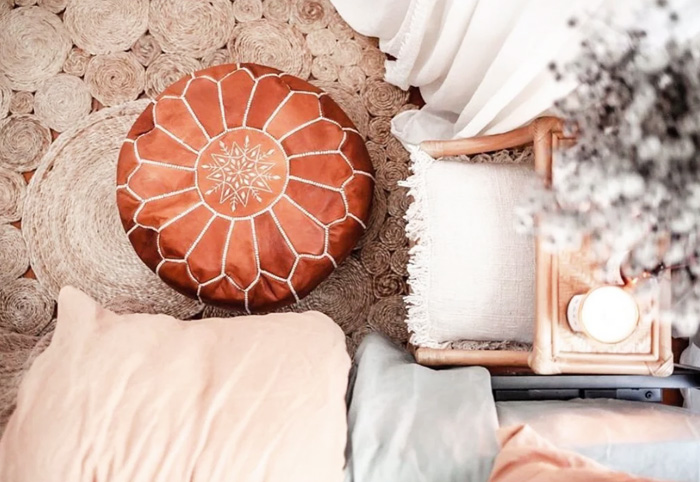
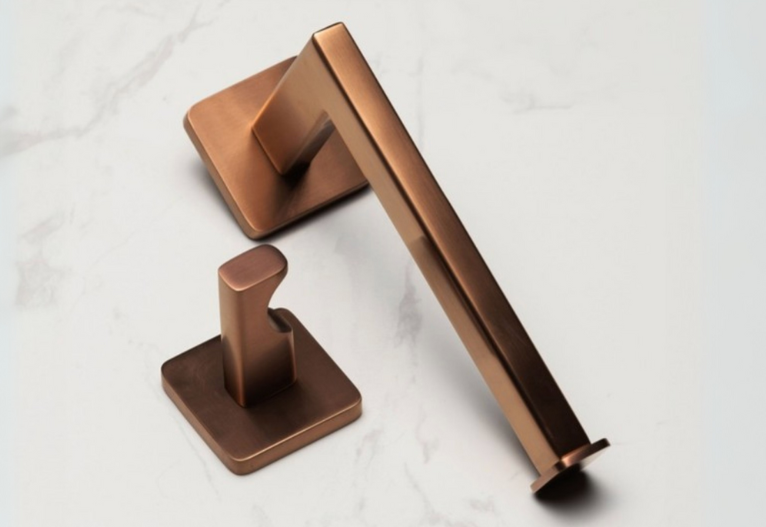
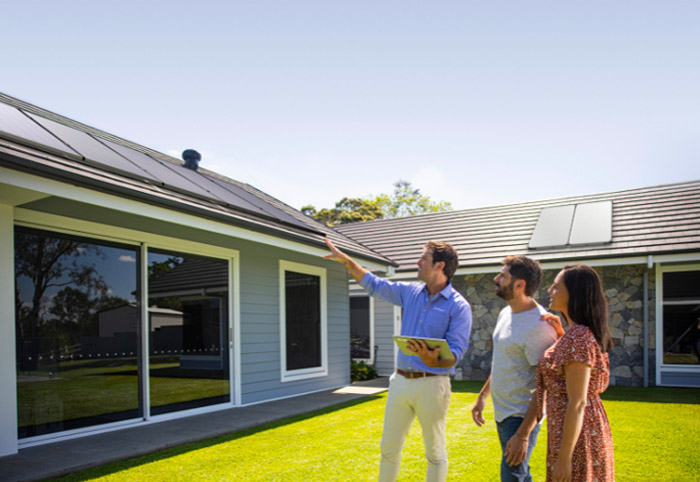

Post a comment
To post a review/comment please join us or login so we can allocate your points.